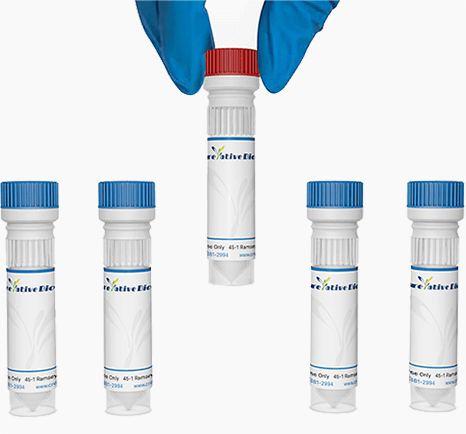Key Details
| Catalog | MAS-0124-YJ31 |
| Applications | ELISA; Neut |
| Host | Human |
| Reactivity | B. pseudomallei |
| Clonality | Monoclonal |
| Conjugations | Conjugation could be customized |
Overview
Properties
Target
Overview
| Description | Clones cB506, cB507 and cB508 are Chimeric (mouse/human) monoclonal IgGs recognize heat-treated (denatured) B. pseudomallei Protease (strong) and native Protease (weak). |
| Reactivity | B. pseudomallei |
| Applications | ELISA; Neut |
| Host | Human |
| Immunogen | B. pseudomallei protease. |
| Isotype | Chimeric (mouse/human) IgG1 kappa |
| Clonality | Monoclonal |
| Clone | cB506; cB507; cB508 |
| Dilutions | ELISA: 0.1-1000 ng/mL |
Properties
| Expression Host | HEK293F/CHO |
| Conjugations | Conjugation could be customized |
| Purification | Protein A/G affinity purified is the regular method |
| Purity | SDS-PAGE> 95% |
| Endotoxin Level | Endotoxin level could be customized |
| Form | Liquid (frequently-used) or lyophilized |
| Concentration | About 1mg/ml. There are differences between batches. Special concentration could be customized. |
| Sterility | 0.2 μM filtered |
| Buffer | See the Datasheet |
| Storage | See the Datasheet |
Target
| Target | B. pseudomallei Protease |
| Alternative Names | B. pseudomallei Protease; Burkholderia pseudomallei; B. pseudomallei; B. pseudomallei Protease |
| Introduction |
Burkholderia pseudomallei (also known as Pseudomonas pseudomallei) is a Gram-negative, bipolar, aerobic, motile rod-shaped bacterium. It is a soil-dwelling bacterium endemic in tropical and subtropical regions worldwide, particularly in Thailand and northern Australia. It infects humans and animals and causes the disease melioidosis. It is also capable of infecting plants. Burkholderia mallei is a Gram-negative, bipolar, aerobic bacterium, a Burkholderia-genus human and animal pathogen causing glanders; the Latin name of this disease (malleus) gave its name to the species causing it. |
| Organism | Bacteria |
| Related Disease | Fever and rigors; pneumonia, pustules, and abscesses |
| Infections Route | Eyes, nose, mouth, or cuts in the skin |
Online Inquiry
